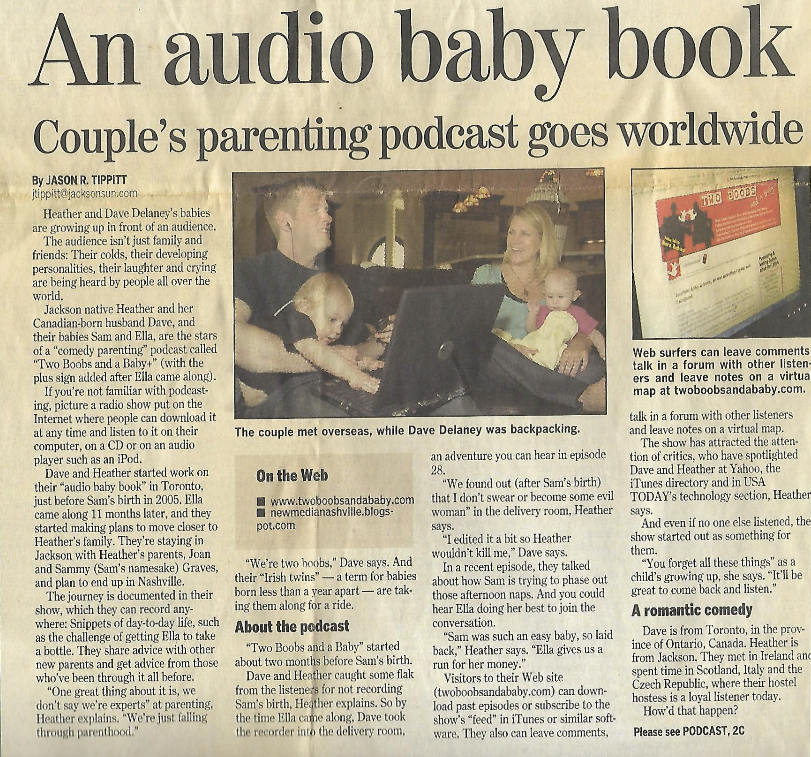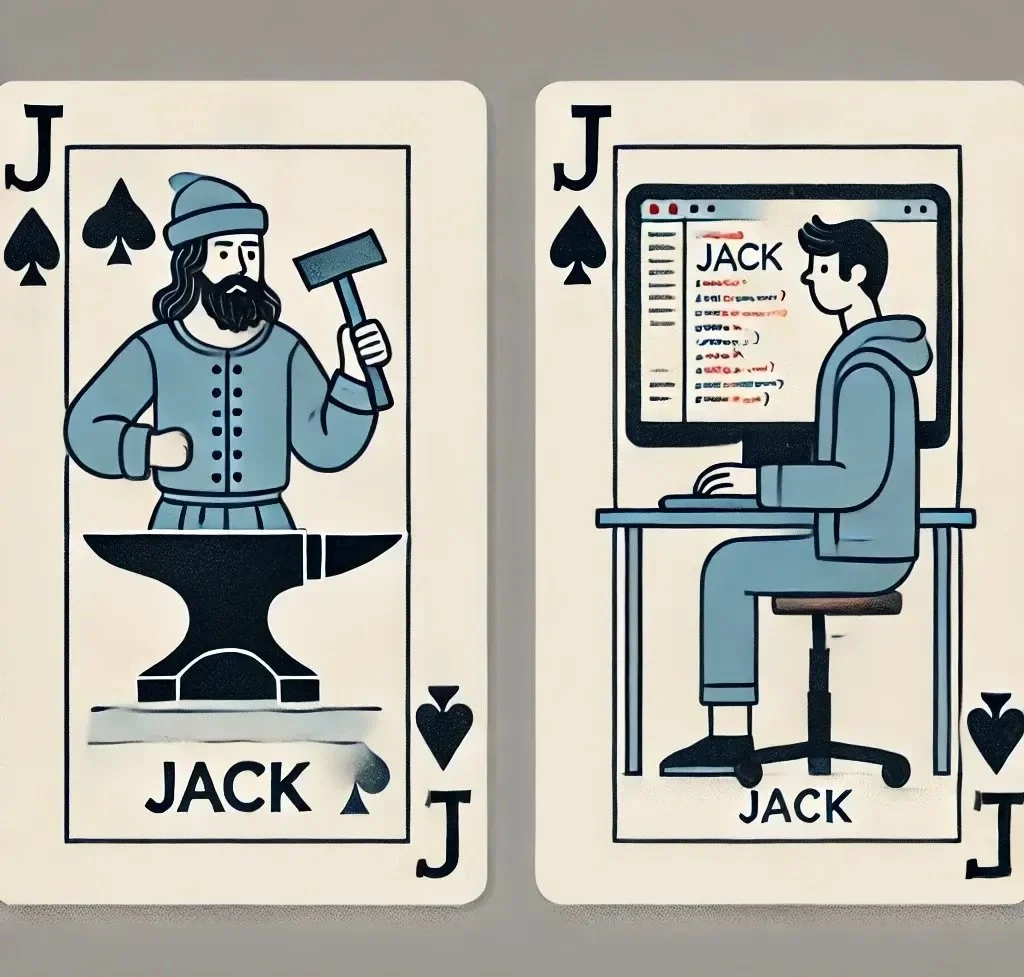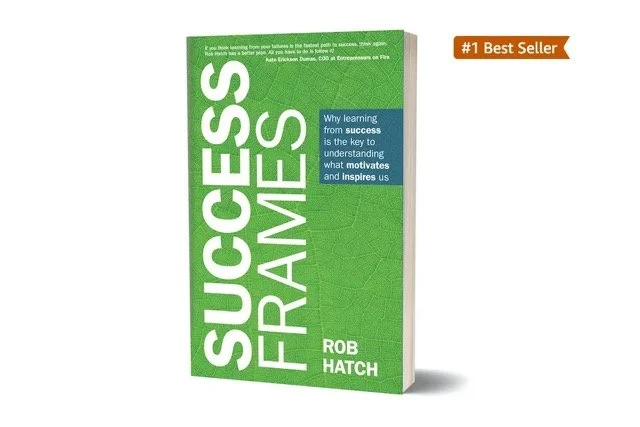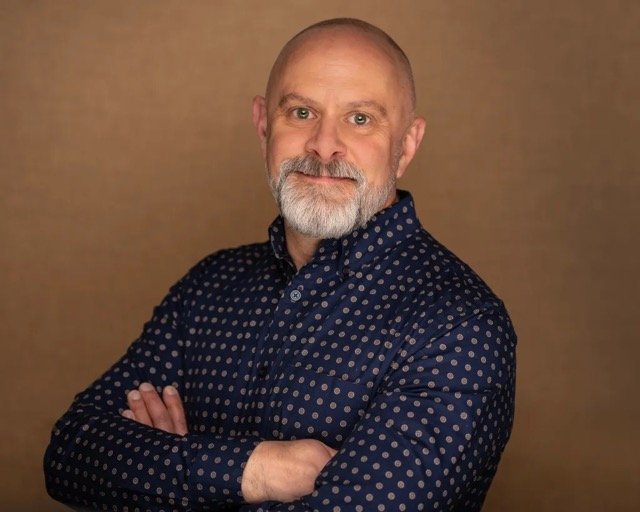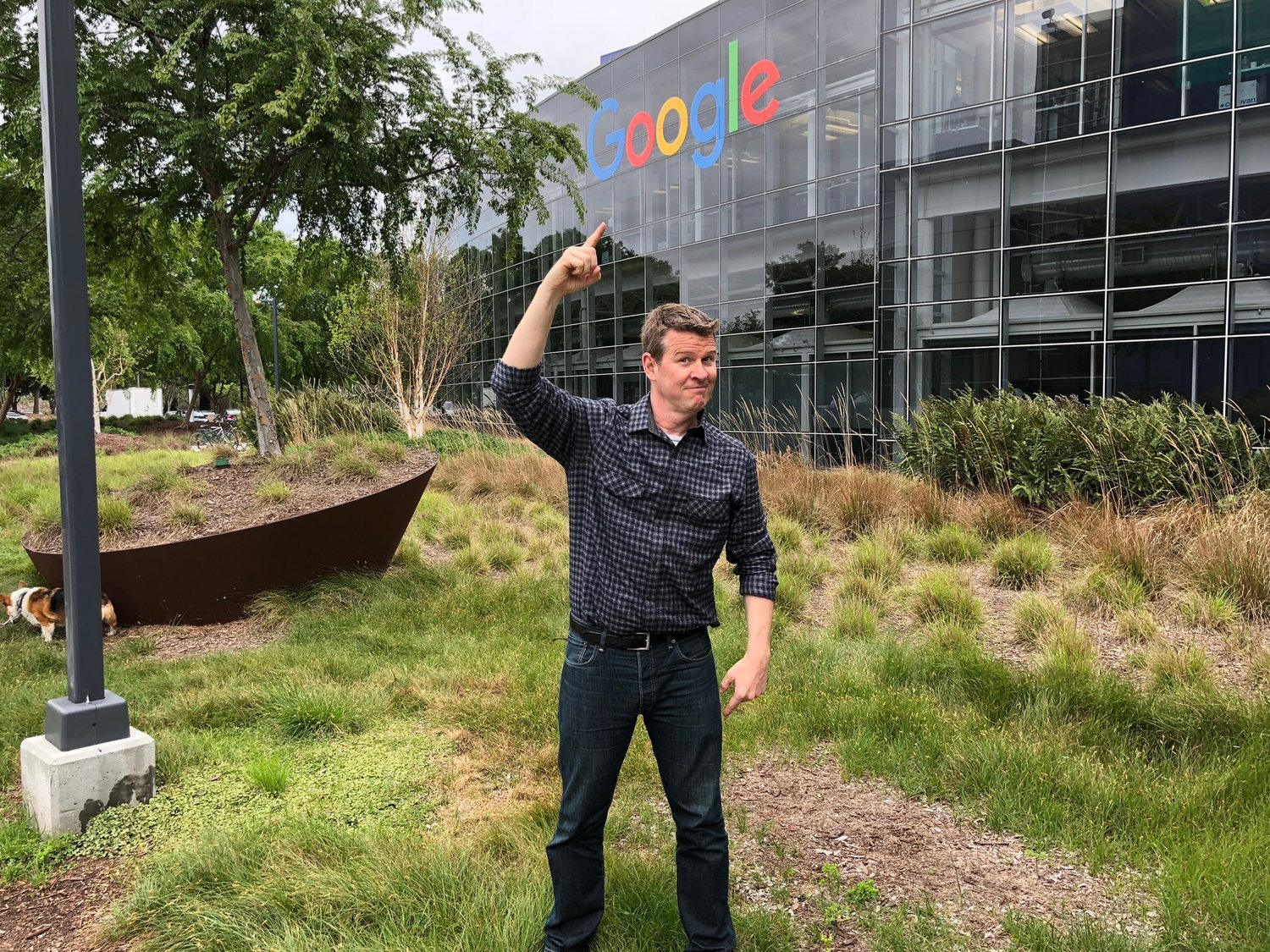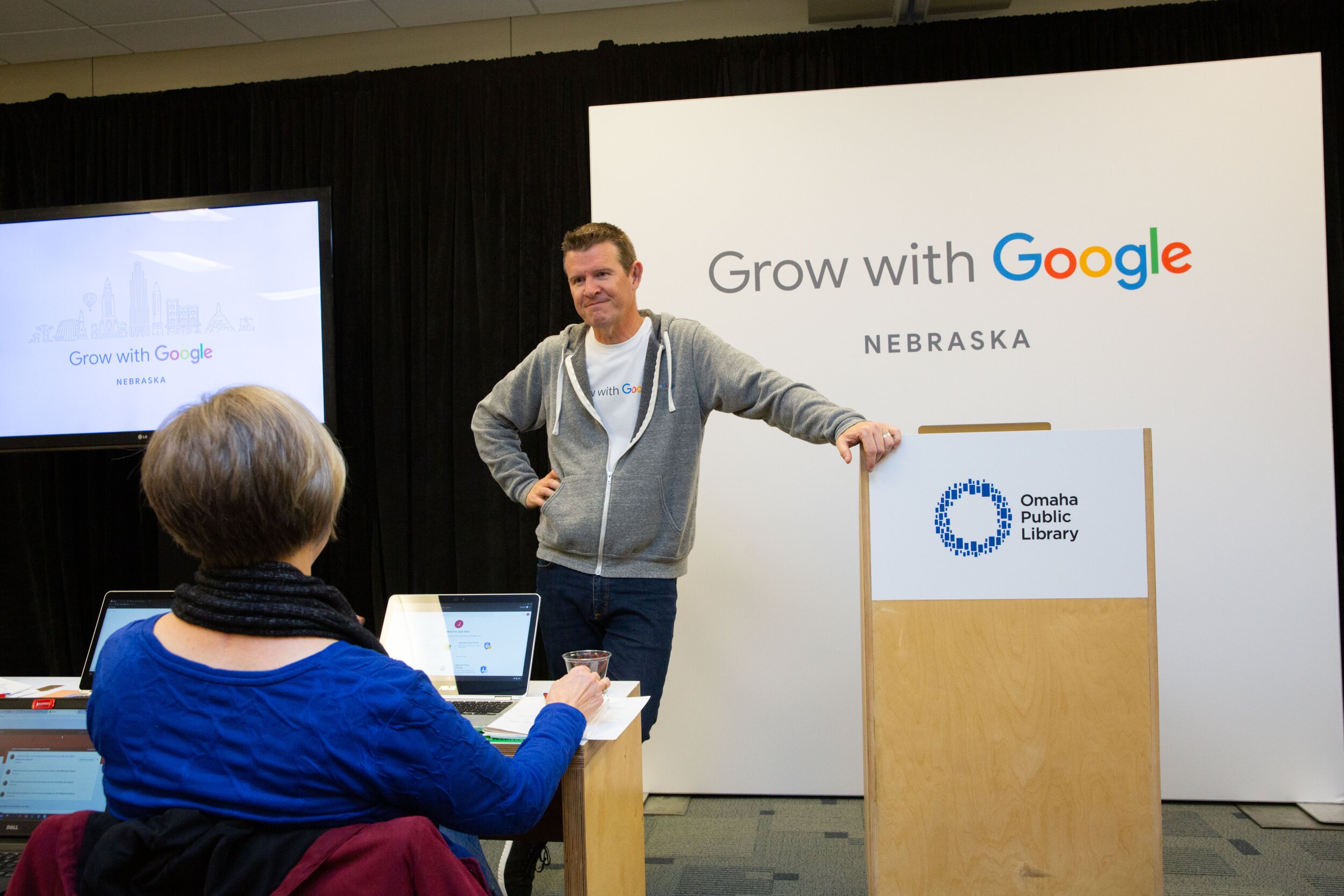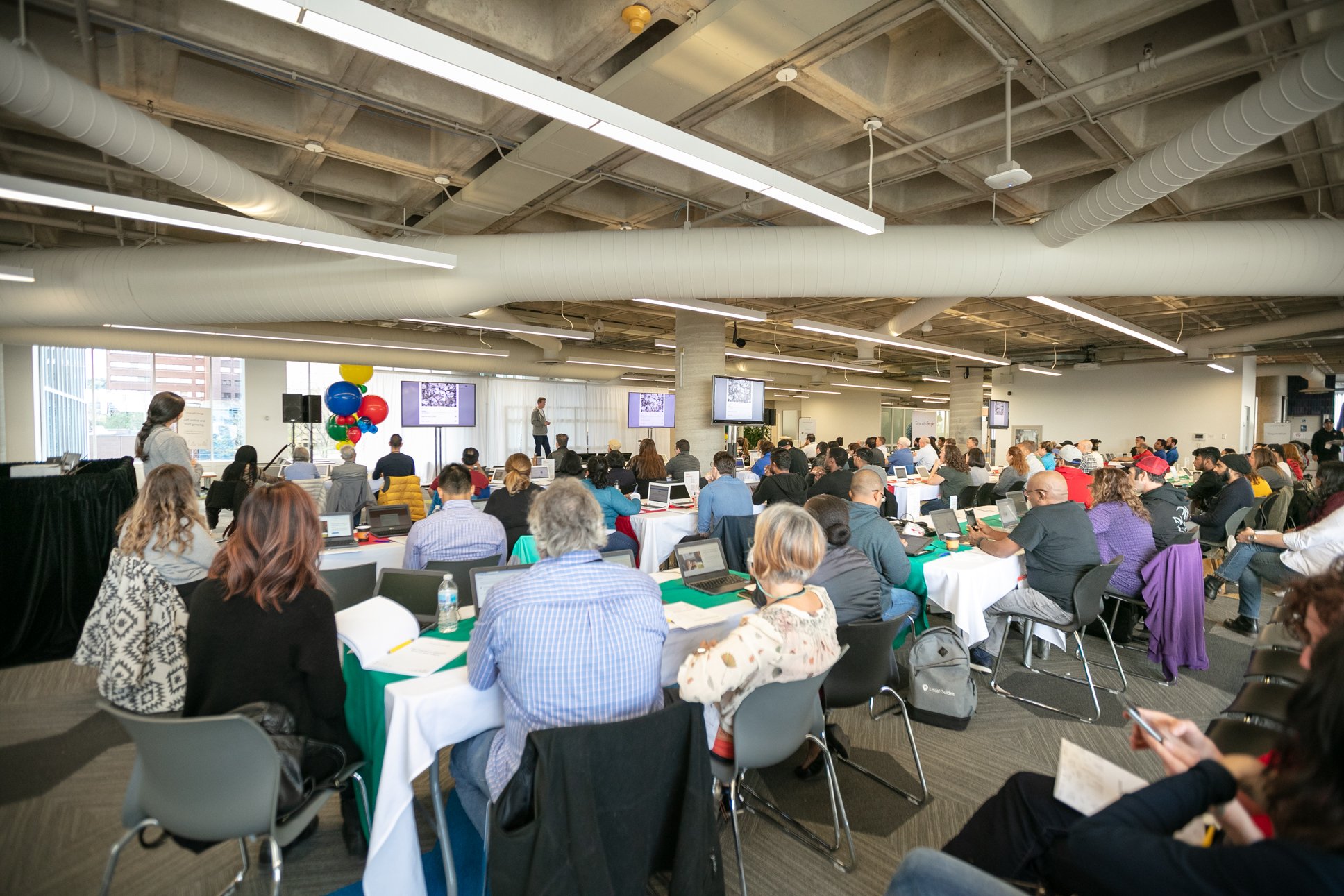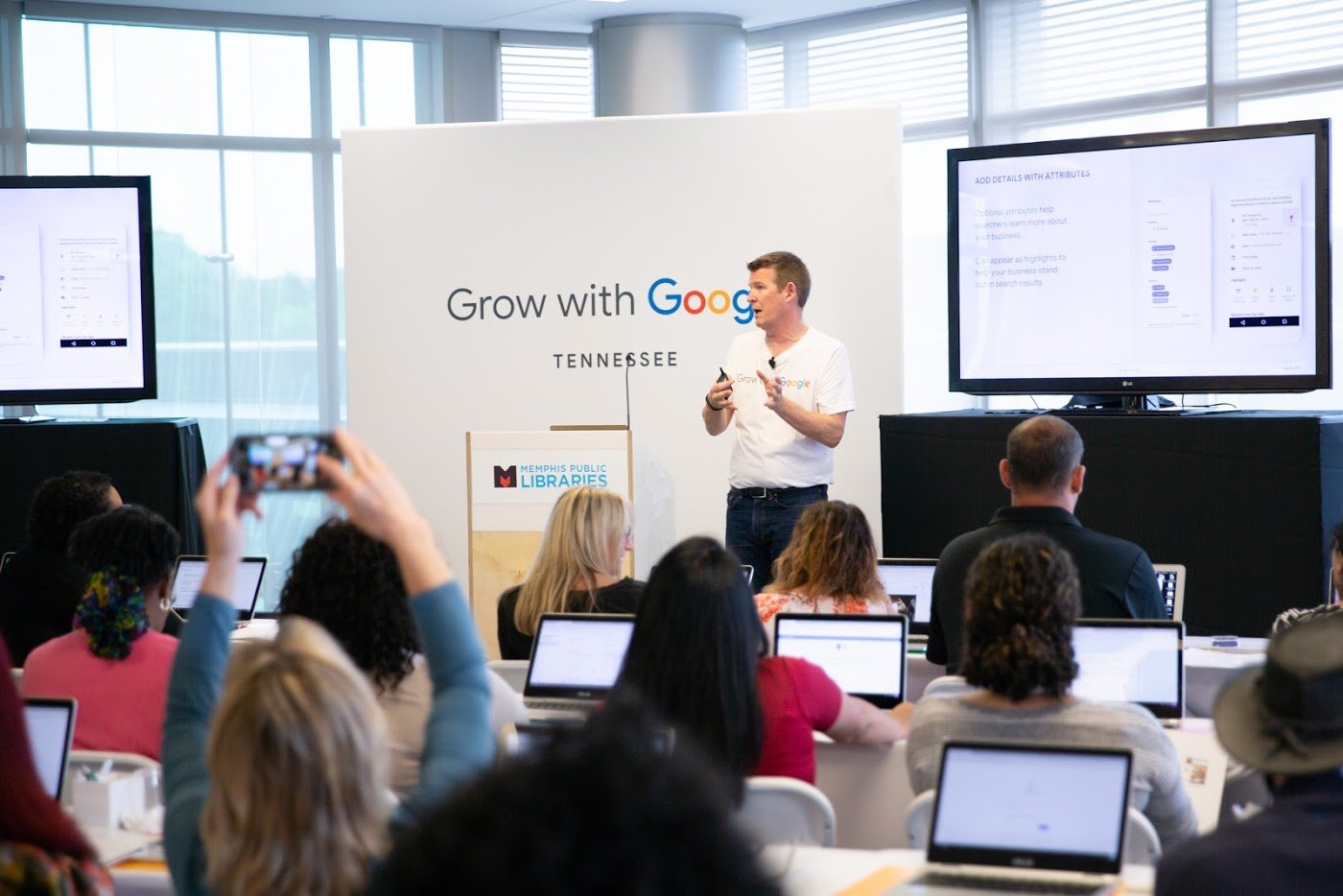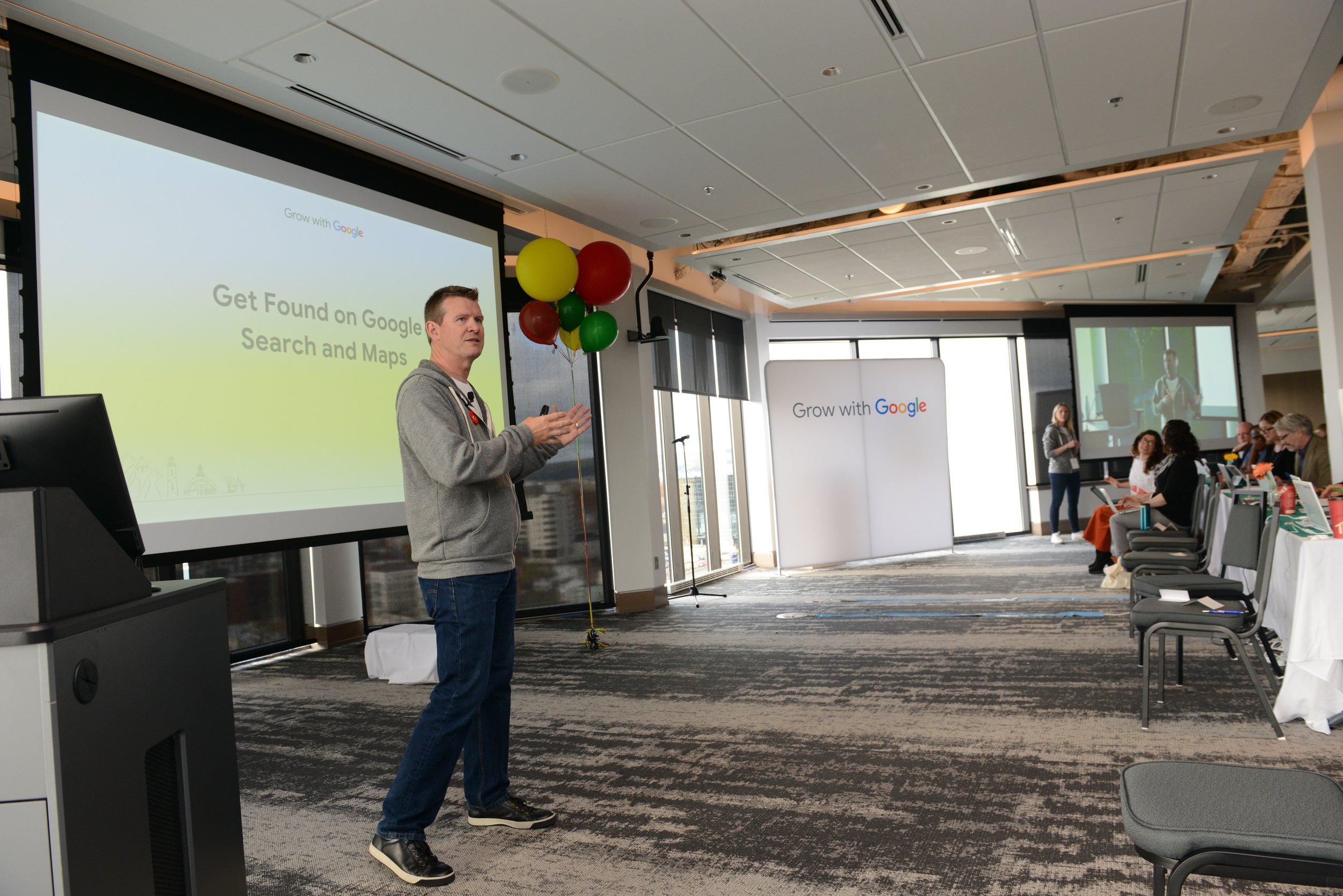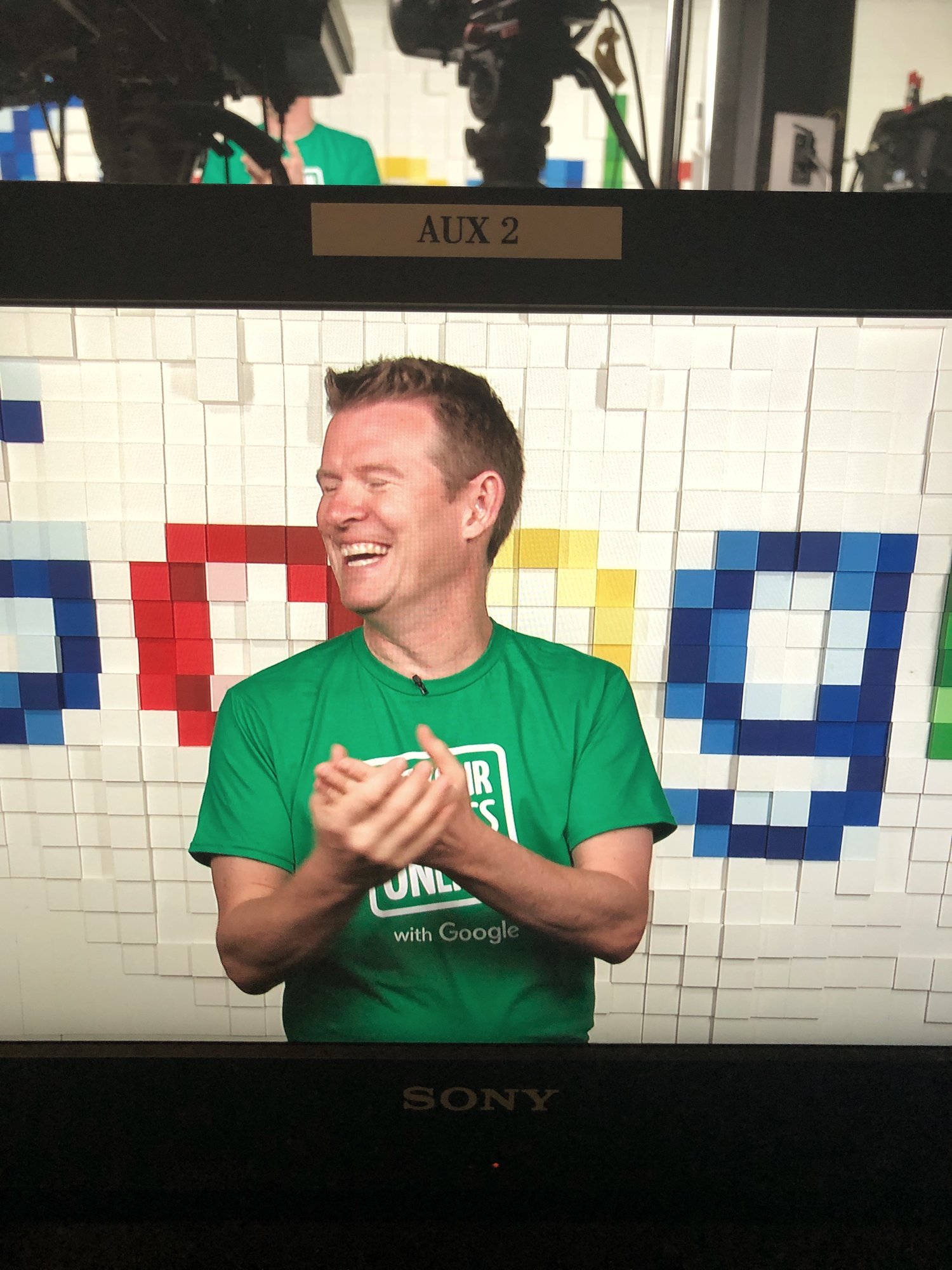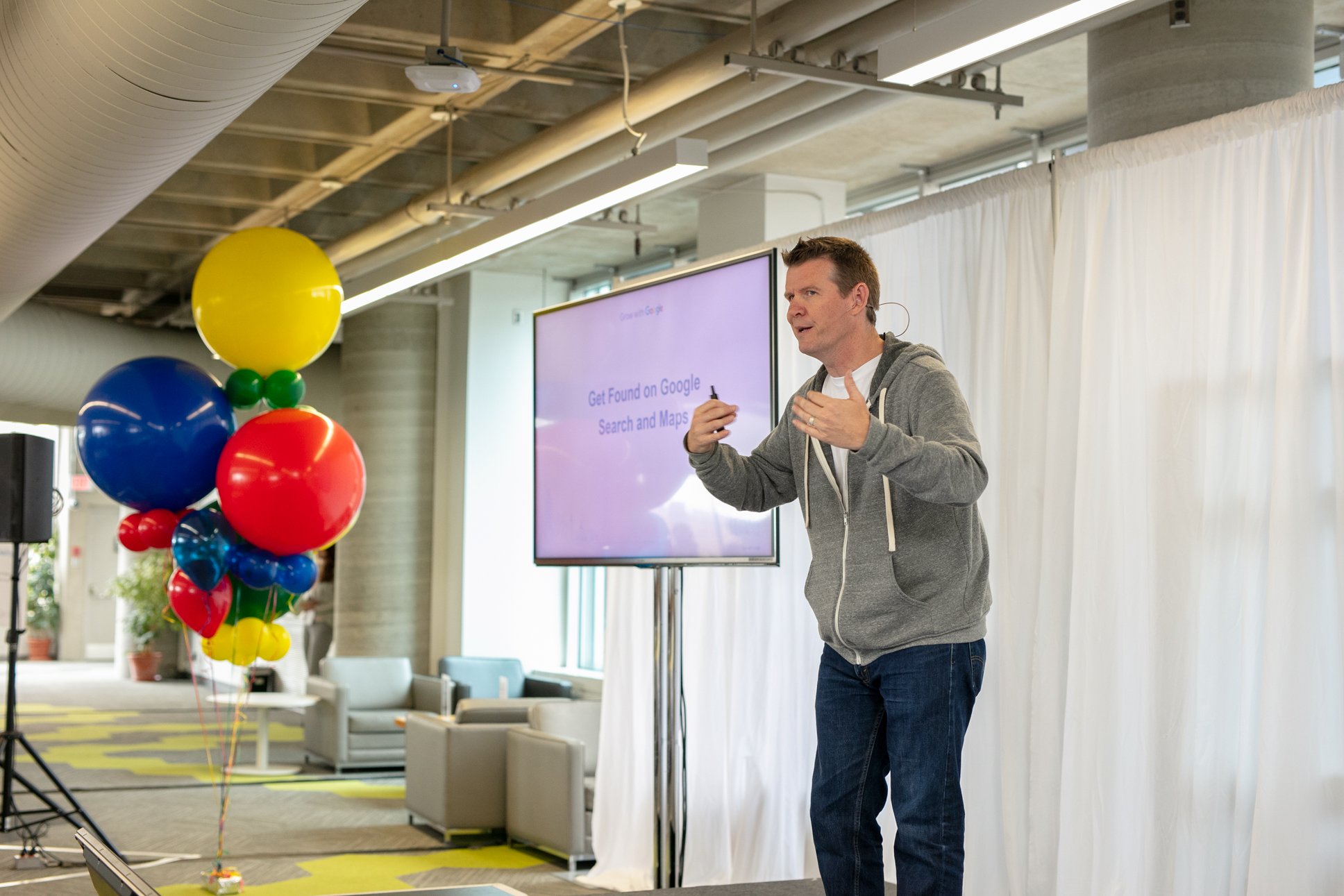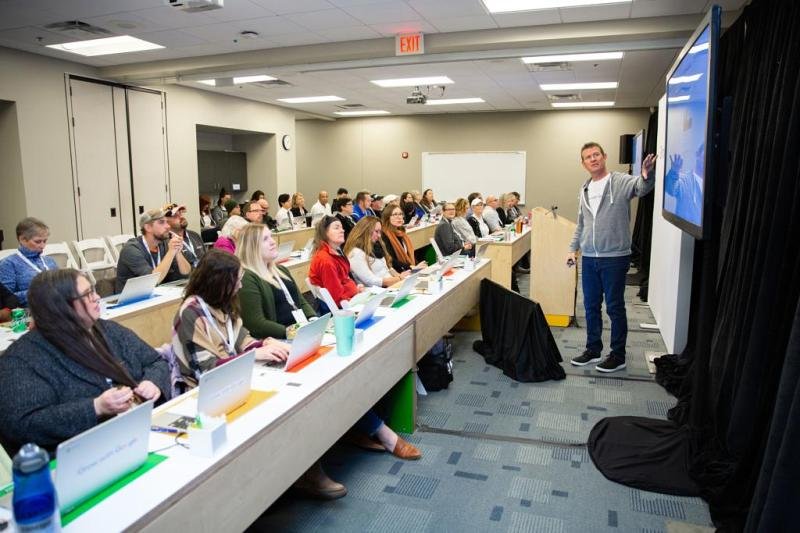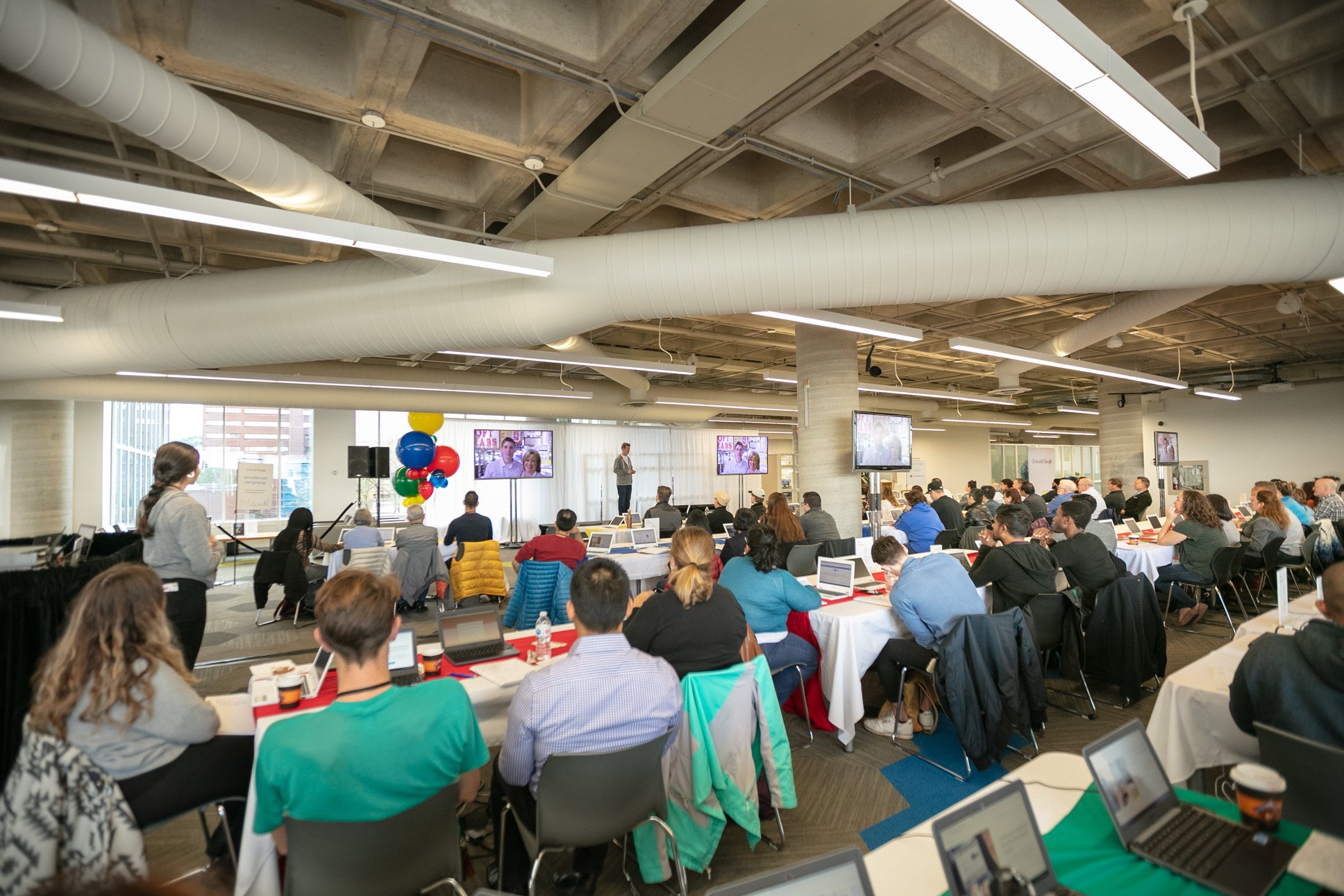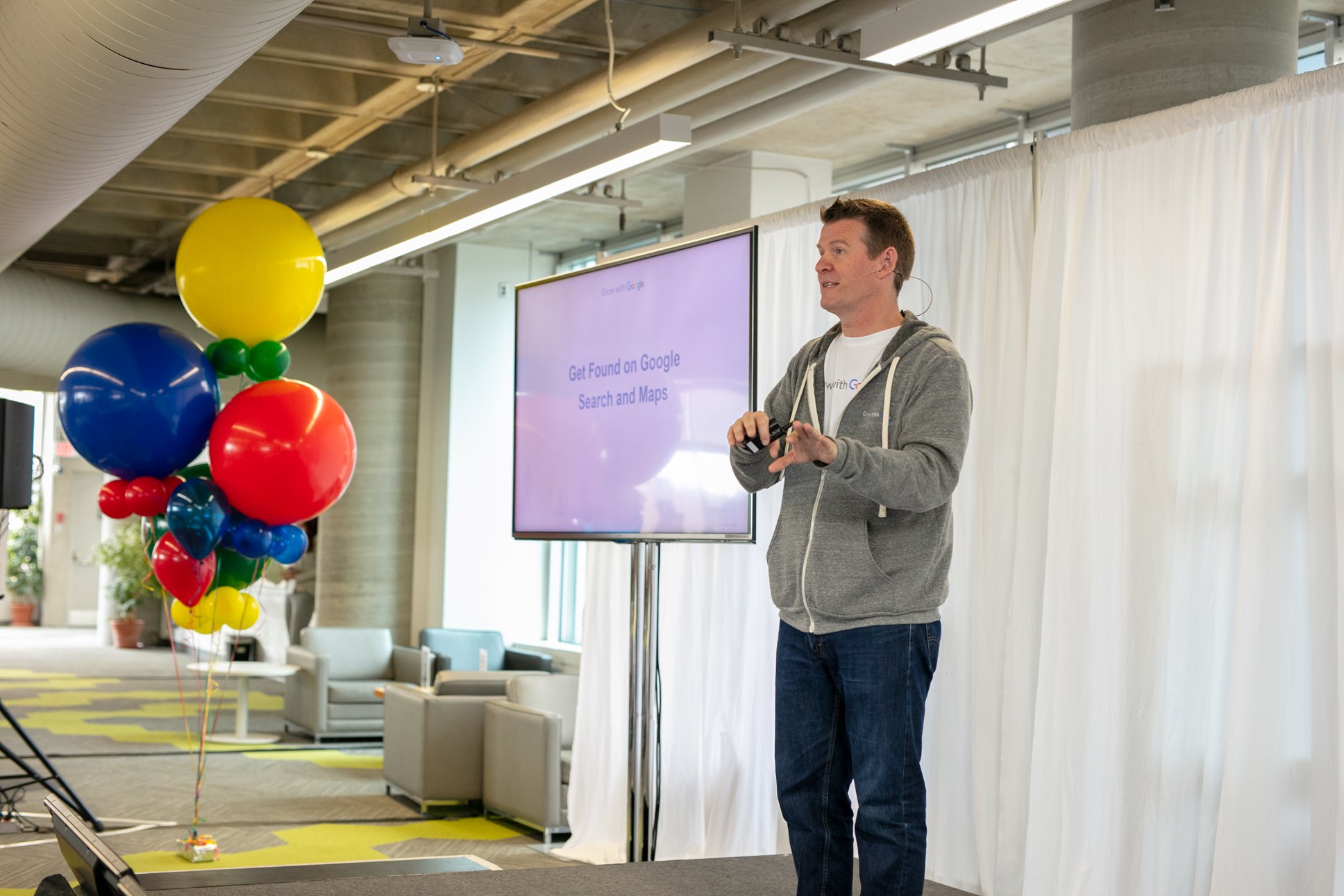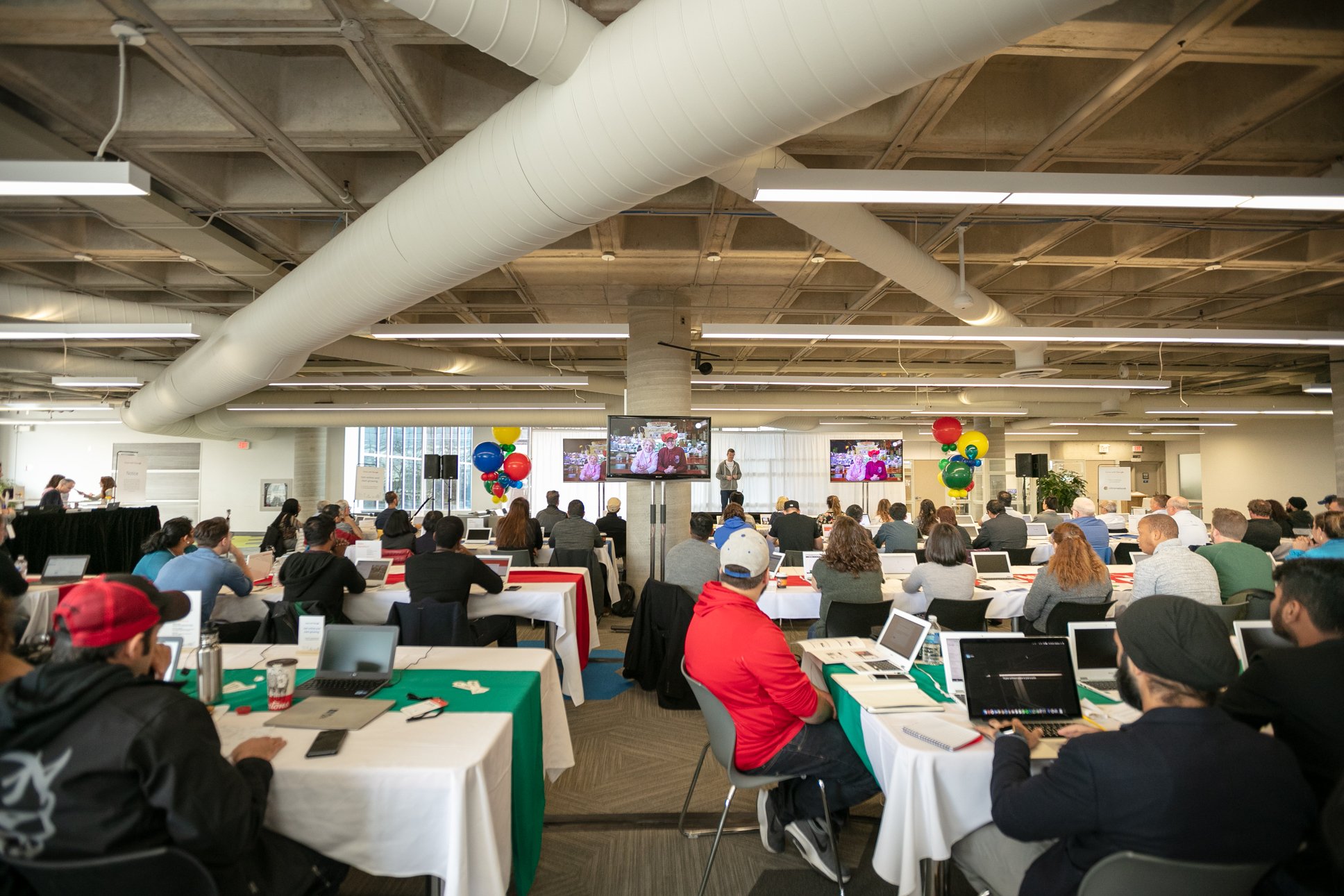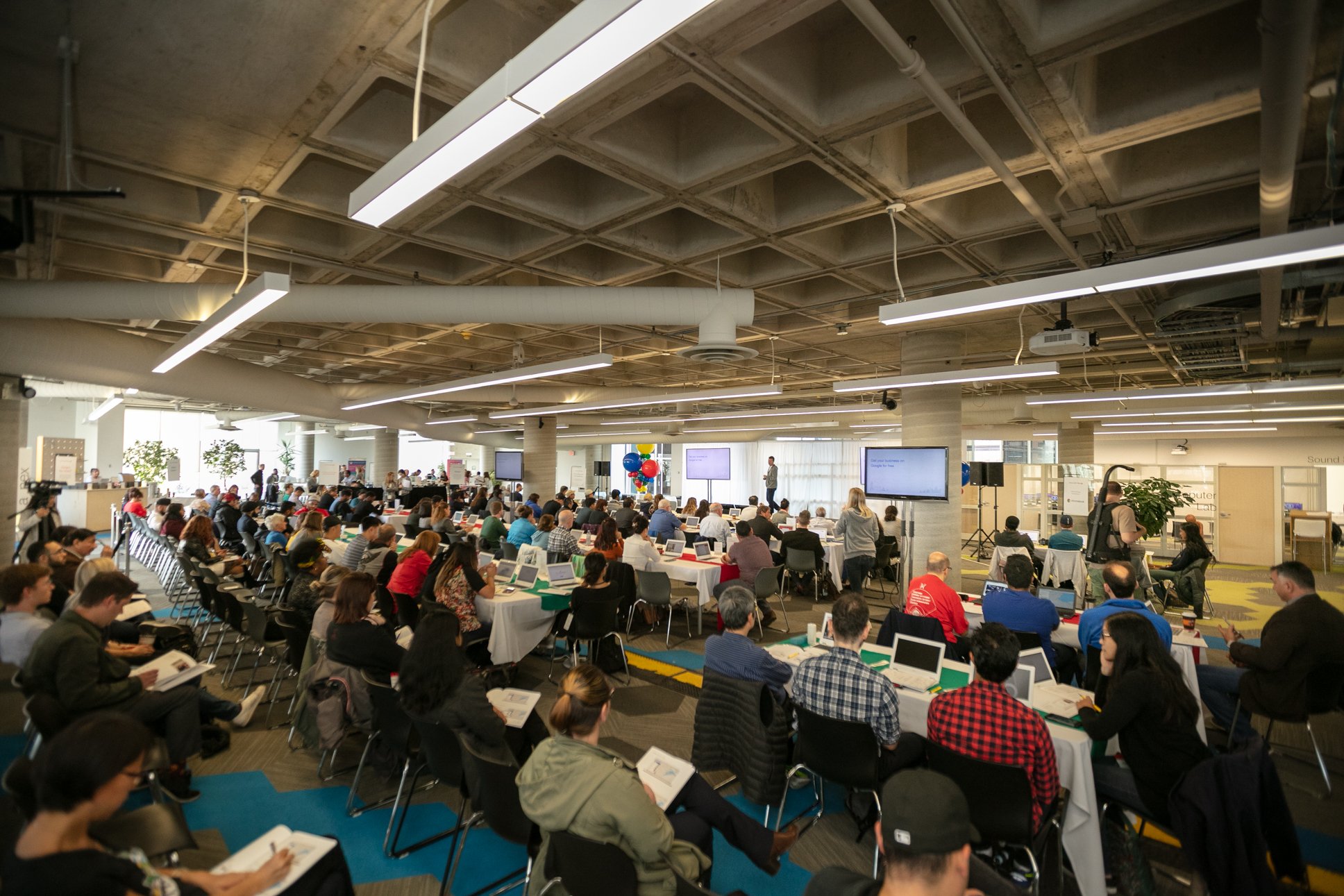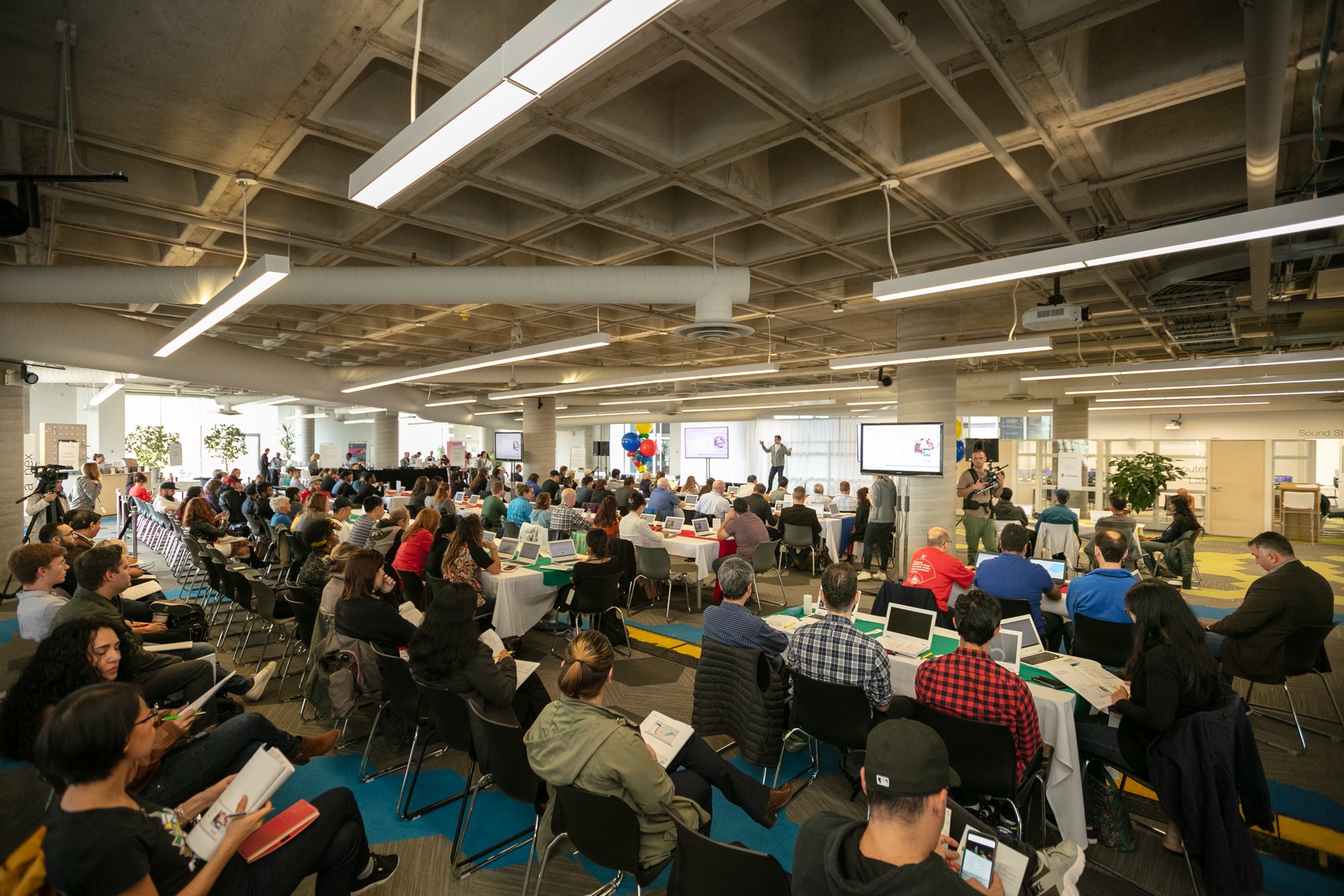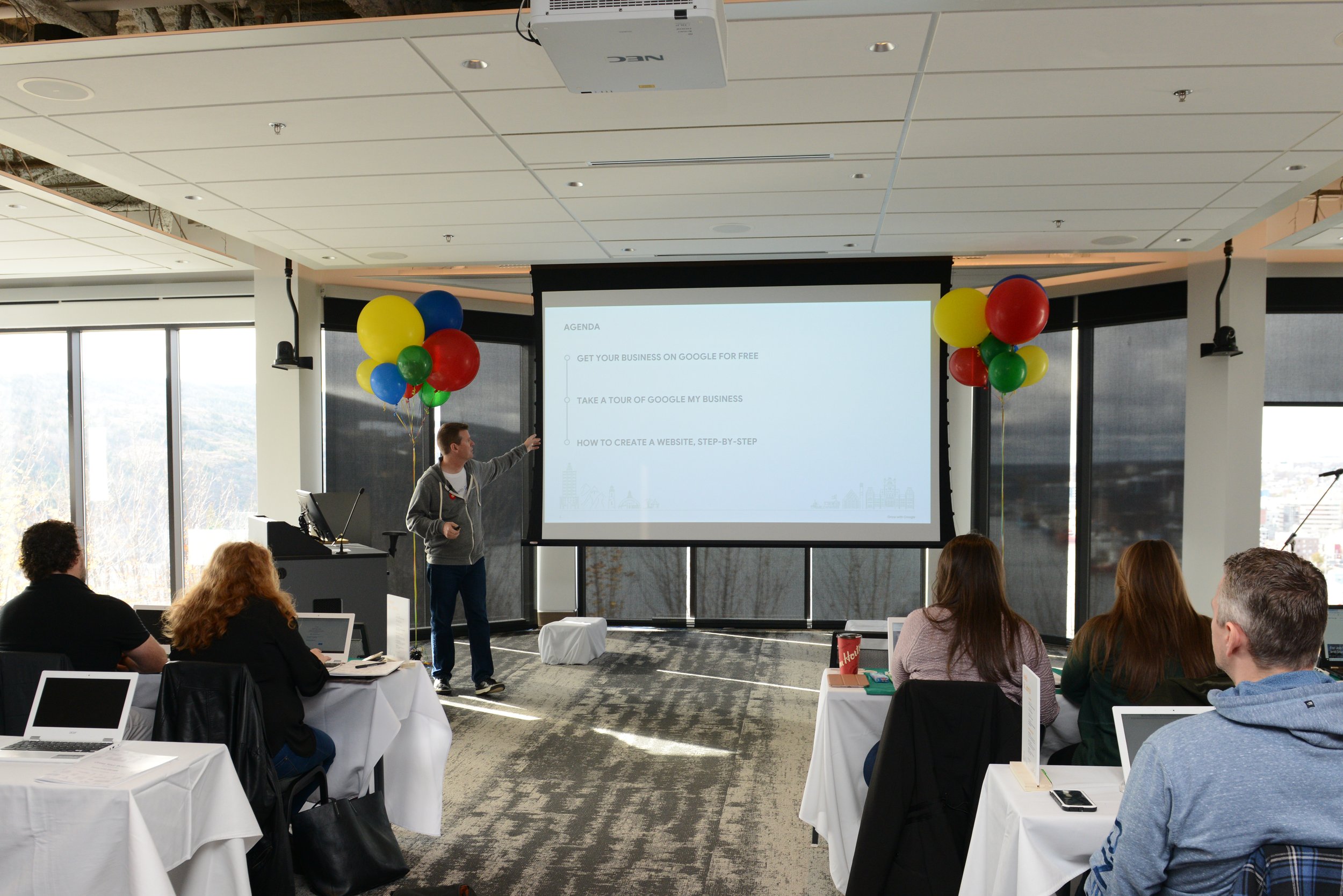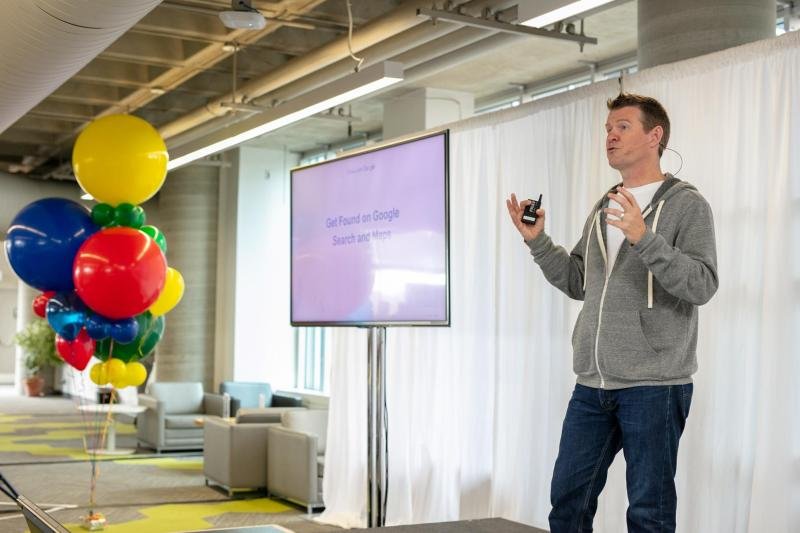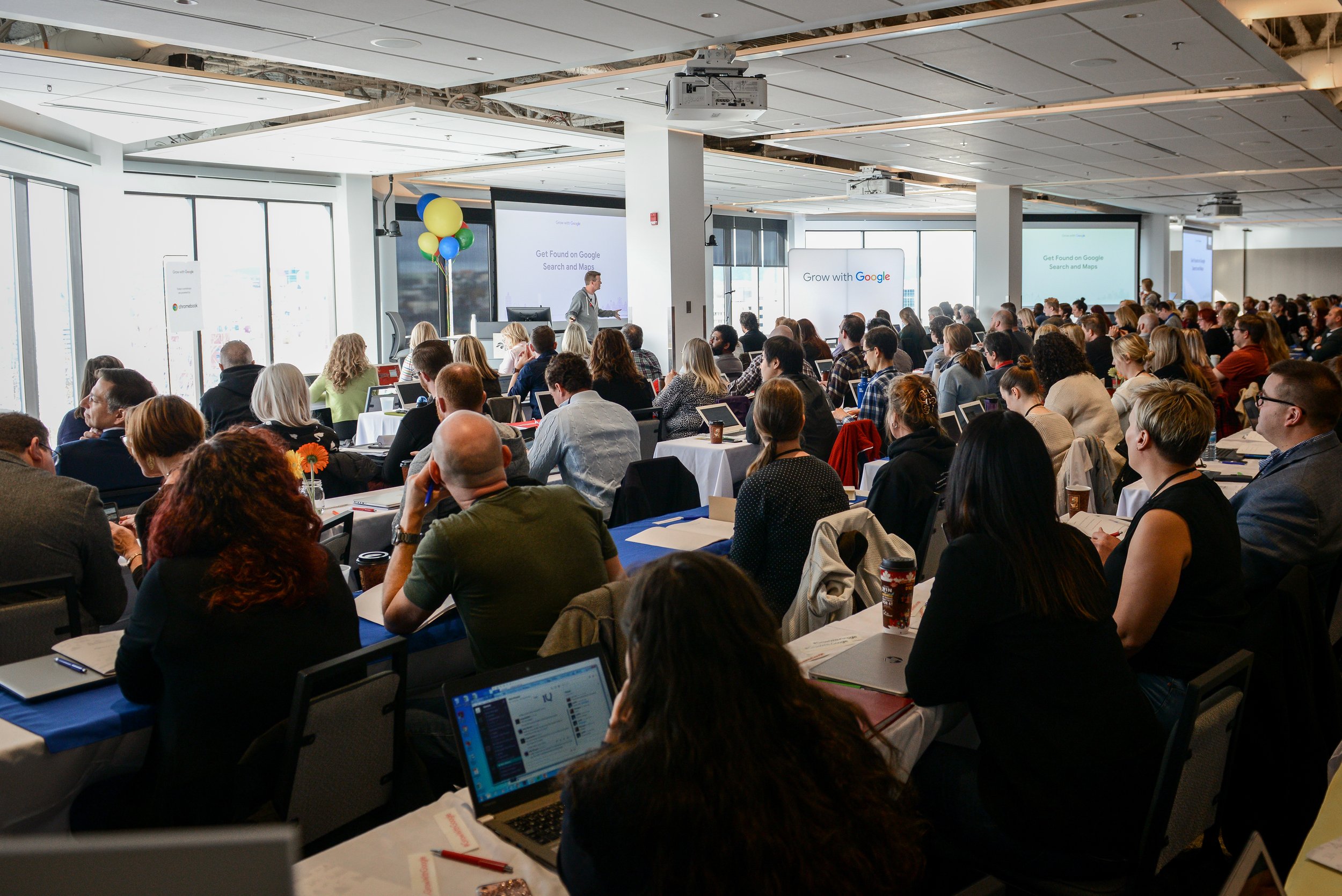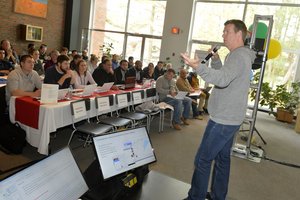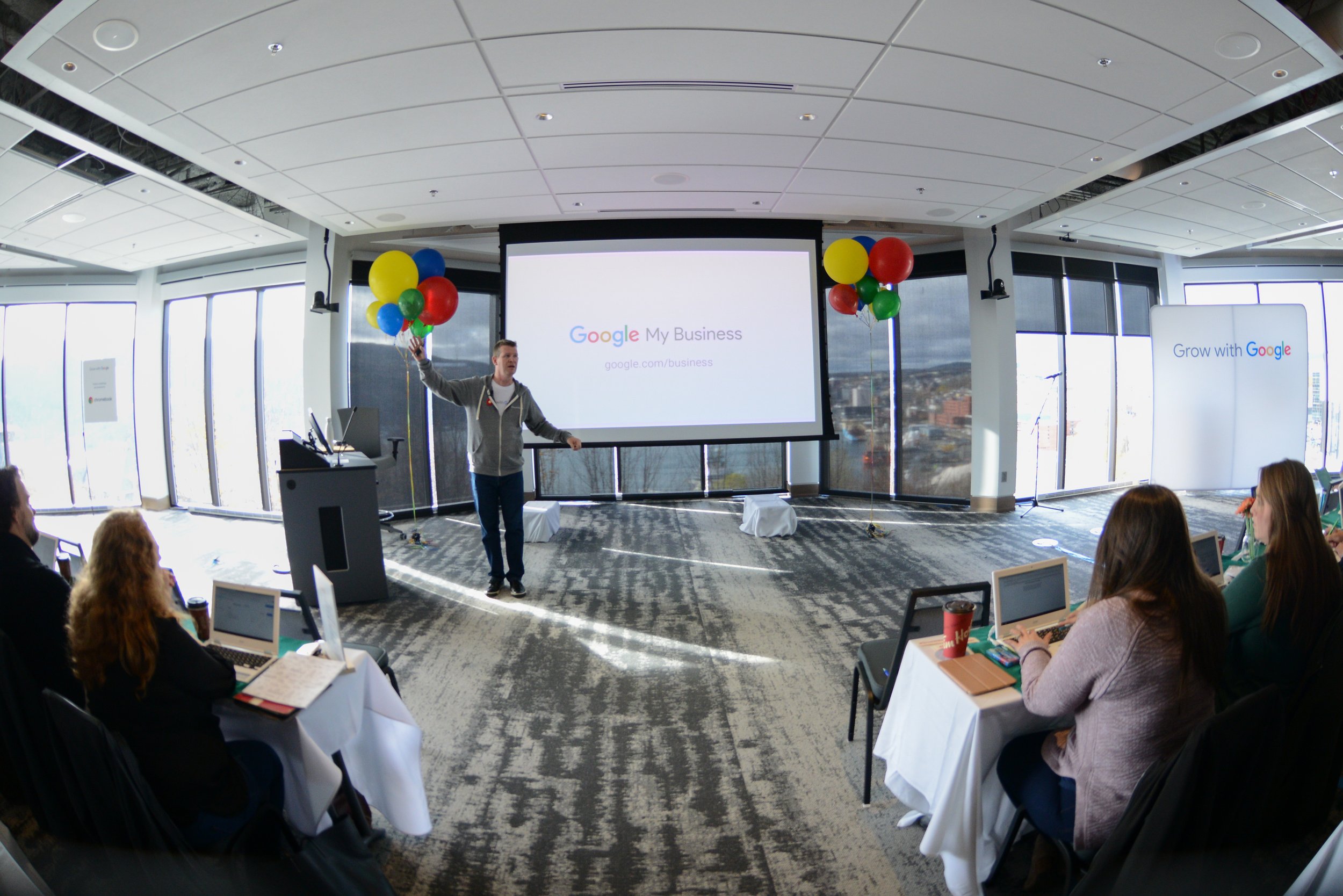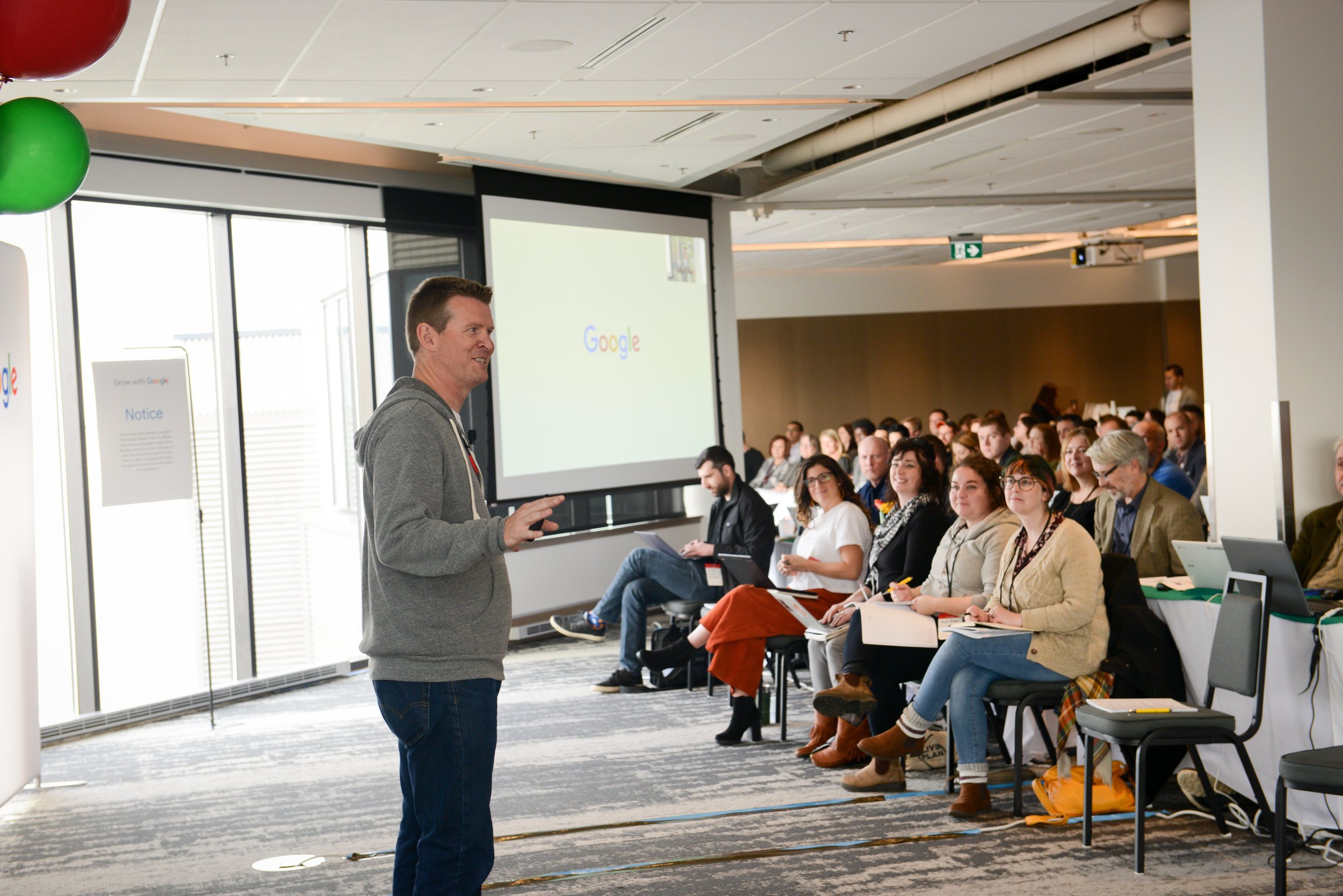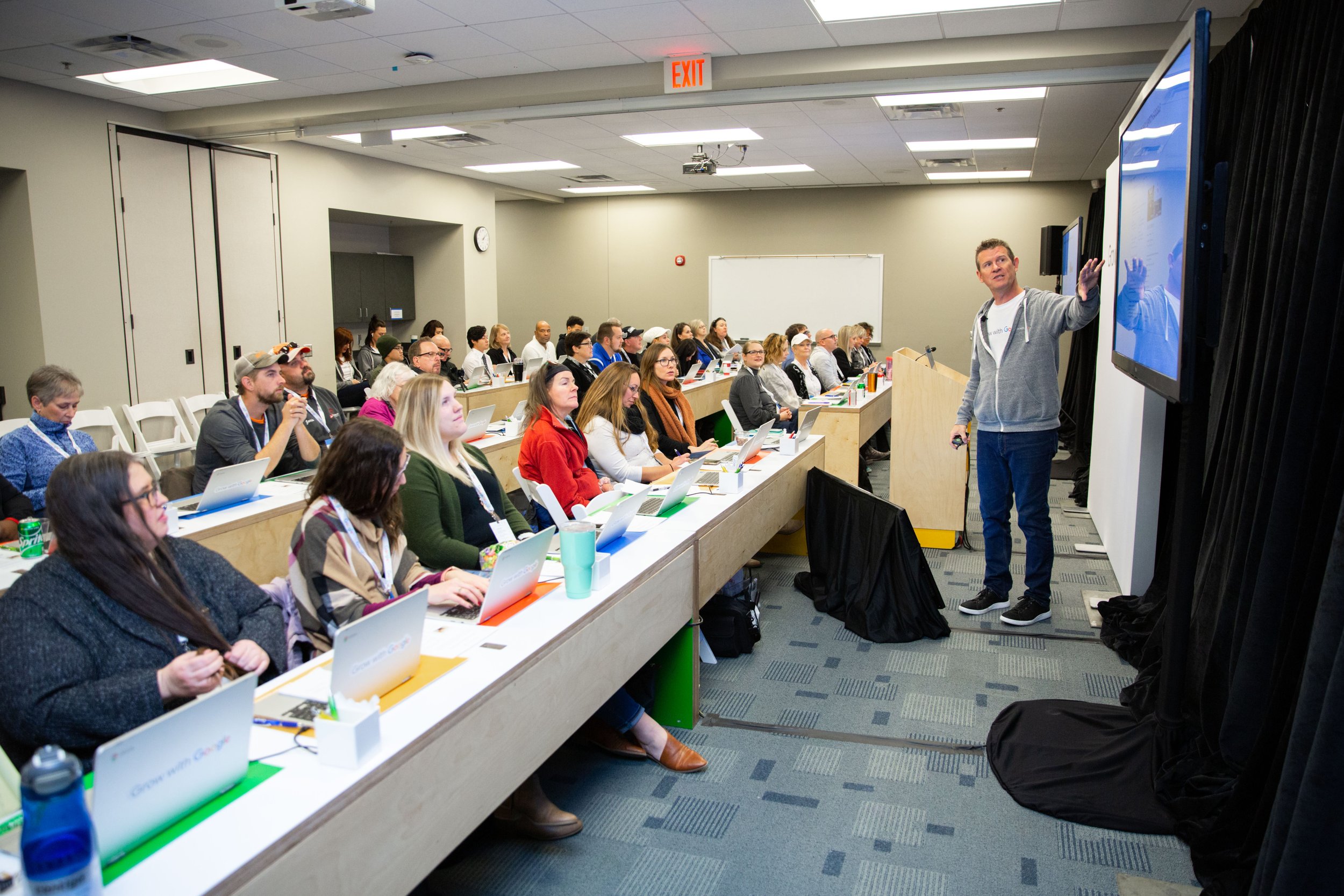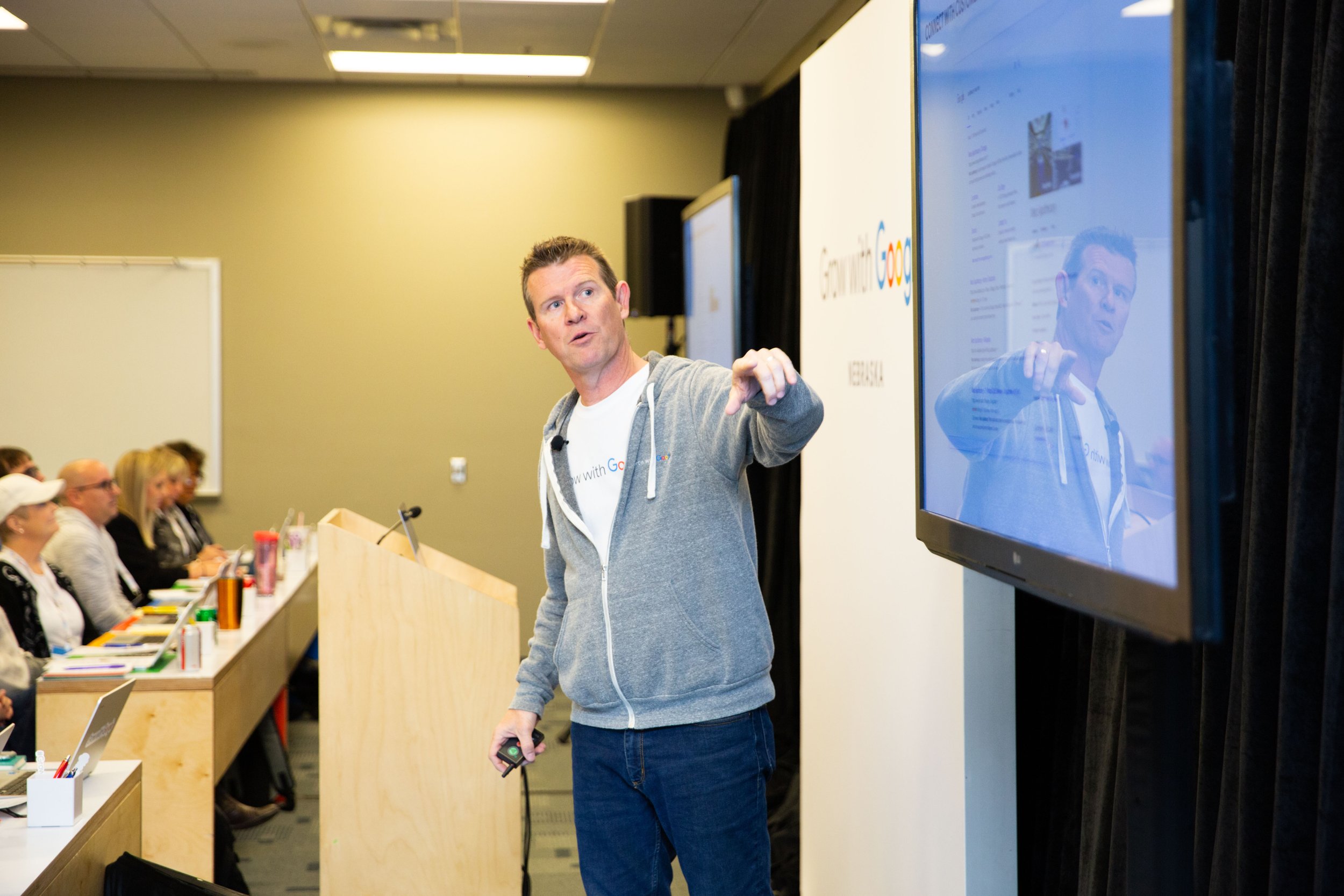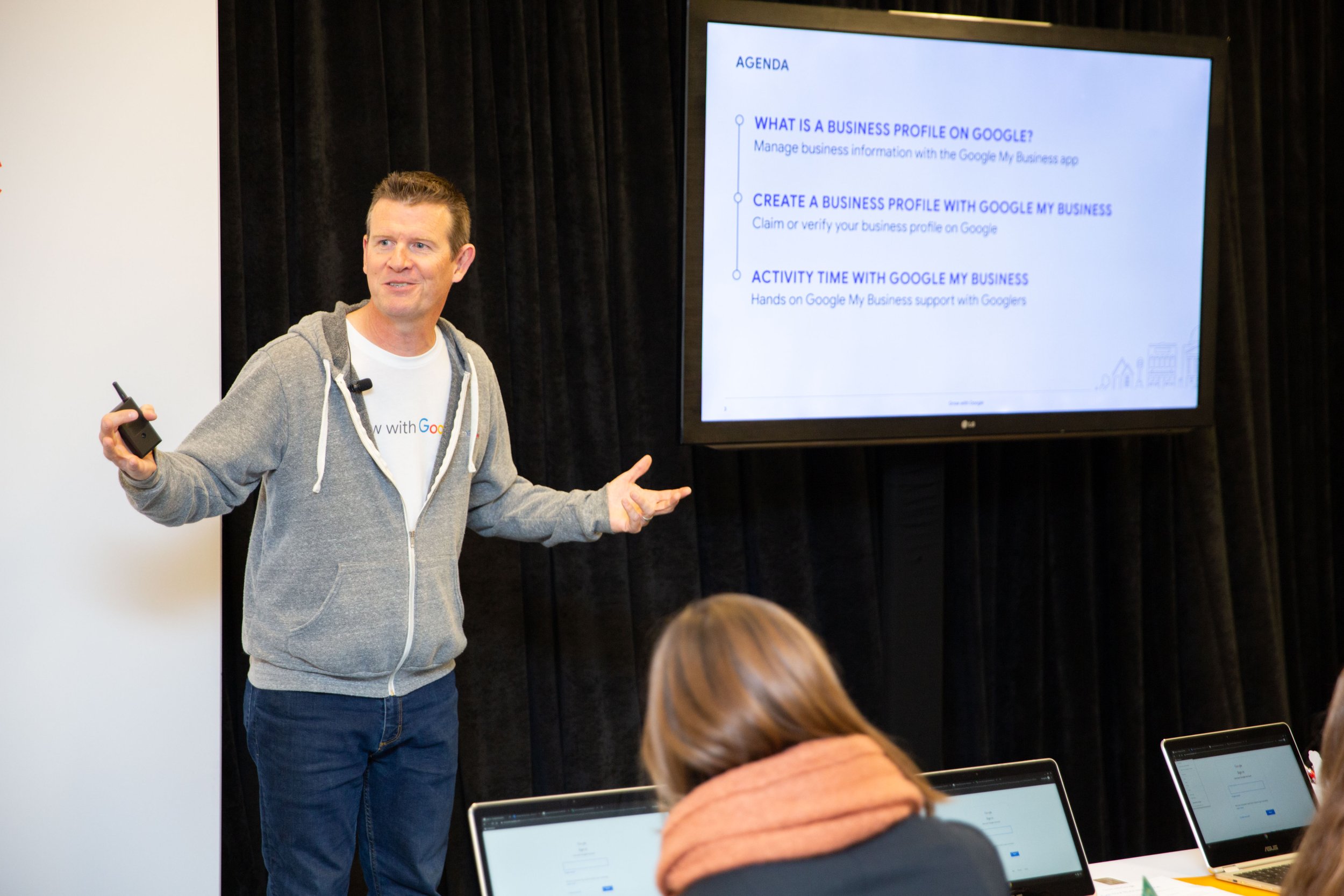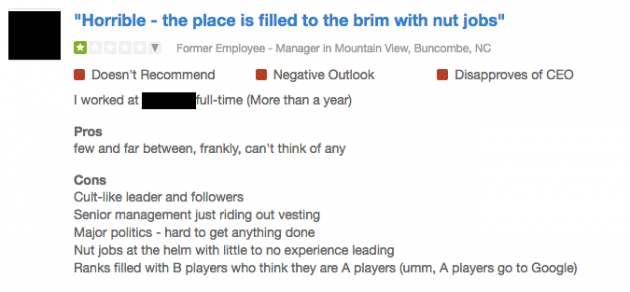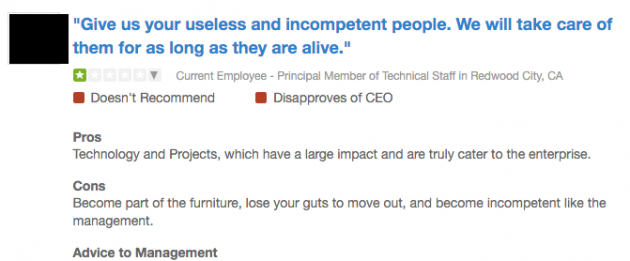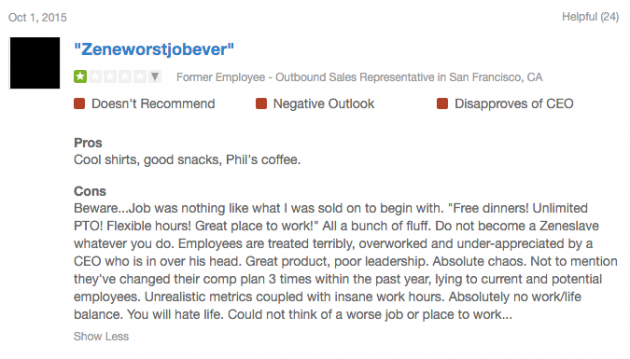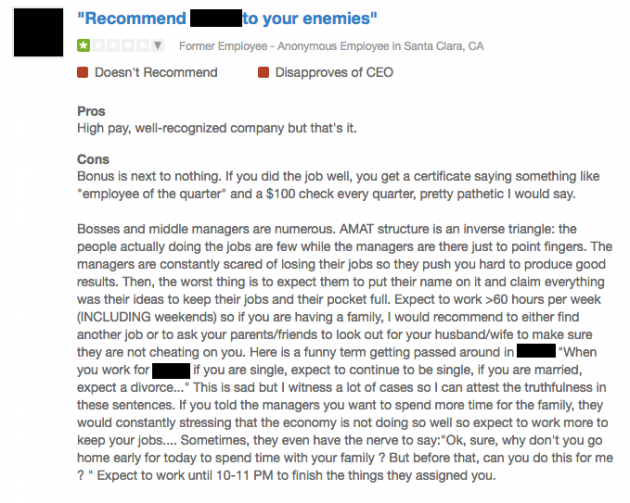Recently, I sat down with Jeremy C. Park on cityCurrent to discuss the messy, meaningful, and often hilarious journey I've taken as a communication strategist, keynote speaker, and host of the ADHD Wise Squirrels podcast. We covered everything from networking tips to mindfulness, with some improv and salmon recipes sprinkled in for good measure.
Here are a few things we explored in the episode—and why they matter so much to me.
Improv Is My Secret Weapon
If you've ever taken an improv class, you probably remember two things: 1) how terrifying it was to not know what would happen next, and 2) how liberating it was when you let go and just listened and accepted.
That's what hooked me.
In my workshops and keynotes, I draw on core improv principles, such as active listening, overcoming the fear of failure, and leading with acceptance. These aren't performance tricks. They're human connection tools. And in an age of endless meetings and endless distractions, being truly present is rarer and more valuable than ever.
I joke that I don't always lead with the improv angle because some folks hear "improv" and assume they'll be forced on stage. Or worse, they're haunted by a bad comedy show. But when they experience the application of these tools and see how they improve team communication, leadership, and empathy, it clicks.
Networking Doesn't Have to Be Gross
I'm the author of New Business Networking, and networking should be based on humanness, not hustle. During the interview, Jeremy and I talked about my three "Ups" of networking that I teach:
Show up.
Follow up.
Catch up.
Sounds simple, but most people forget at least one—especially the last.
We also discussed business card etiquette, which I'm passionate about even in a digital-first world. I always recommend writing something memorable on the card as soon as the conversation ends. Maybe it's a salmon recipe (yes, that actually came up in the episode). Maybe it's a personal anecdote. The point is to create a reminder of a genuine human moment, not just a LinkedIn connection request.
ADHD Isn't a Quirk—It's a Reality
This part of the conversation got personal. I was diagnosed with ADHD later in life, and it was both a revelation and a relief. Suddenly, many things fell into place. That's what inspired me to start the ADHD Wise Squirrels podcast and encourage people to take a free ADHD assessment on my site.
ADHD isn't just a quirky personality trait; it's a legitimate neurological type that often goes undiagnosed, especially in adults. It's also heritable, and when untreated, it can affect everything from relationships to life expectancy.
We need more honesty and fewer platitudes. ADHD is not "just being distracted." And no, "everyone is not a little ADHD." (To quote myself: "That's like saying everyone's a little pregnant.”)
Meditation, Tornadoes, and Joseph Goldstein
Like many of us, I started meditating during the chaos of 2020. Between the pandemic and a literal tornado hitting Nashville and disrupting our lives (school destroyed, house damaged), I needed grounding.
I was inspired by Joseph Goldstein—an 82-year-old meditation teacher who has spent over 10 years in silent retreat. His gentle voice and no-BS approach helped me build a daily practice that I still maintain today. Meditation, alongside medication and therapy, has become one of my most effective tools for managing ADHD. And no, I haven't done 10 years in silence. I talk for a living. But even 10 minutes of silence can change your day, just ask my wife! :)
Feel Seen, Heard, and Understood
At the heart of all this improv, communication, ADHD, mindfulness, and networking is a single through-line: belonging. Whether I'm coaching an individual, speaking to a crowd, or recording a podcast, my goal is to help people feel more seen, heard, and understood.
Because the opposite of connection isn't just loneliness, it's burnout. And I feel this way, too. Check out the full conversation with Jeremy on the City Current Show. And if you're navigating ADHD, leadership, or simply want to learn how to communicate more effectively and show up more fully, I'd love to connect. Now might be the perfect timing.






